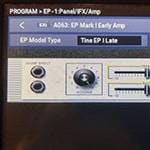When you think of wind ensemble music, what kind of image comes to mind? Some may not know at all, while others might have a plethora of pieces that come to mind.
So, today, I’d like to introduce a small selection of wind ensemble works by Yosuke Fukuda, whose music has captivated so many people that it’s hard to imagine anyone who has ever played in a wind ensemble not having heard of them. If you’re already familiar with his works, you might think, “Yes, that’s the one!” and if it’s your first time hearing about them, I hope you’ll discover something new and be surprised.
Let’s dive in!
Composer and Arranger Yosuke Fukuda
Before getting into the main topic, let me first introduce Yosuke Fukuda’s profile.。
Born in 1975 in Suginami, Tokyo. He is self-taught in composition and arranging. He focuses on composing and arranging for wind ensembles, orchestras, and chamber music, as well as conducting and directing.
His CDs and sheet music have been published by various companies, and his works have gained increasing recognition both domestically and internationally. He has also worked as an arranger for notable groups such as the Yutaka Sado & Siena Wind Orchestra, SEKAI NO OWARI, and the Japan Maritime Self-Defense Force Band, receiving high praise. He is also actively involved in conducting student and community wind ensembles.
( Source: Yosuke Fukuda Official Website https://sites.google.com/view/fukudayosuke/home)
Unquestionably Popular Classic: “Sakura no Uta”
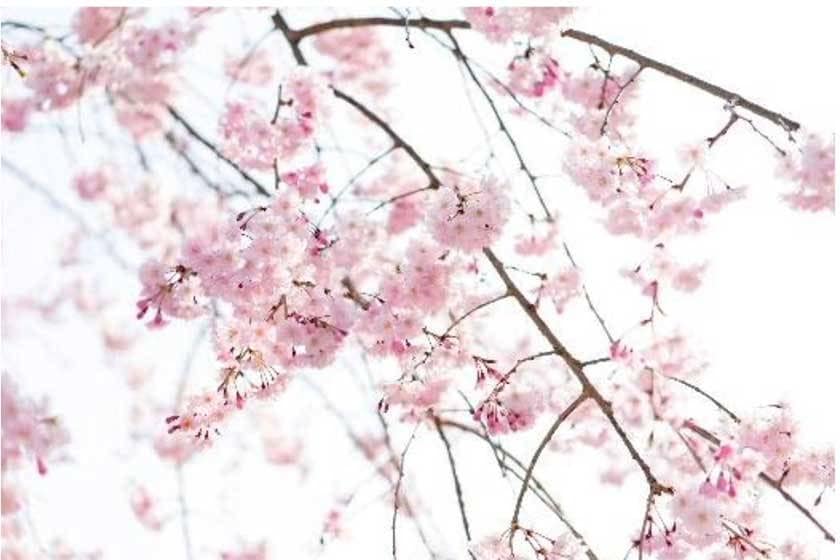
When it comes to Yosuke Fukuda, we can’t leave out “Sakura no Uta”. As you may know, this work won the 22nd Asahi Composition Award and was the set piece for the 2012 All-Japan Band Competition. It is now performed not only in its wind ensemble version but also in orchestral, ensemble, and solo formats. Recently, Fukuda mentioned on his Twitter that a brass band version is also in the works.
As he himself says, “While it’s a set piece, I hope you make it your own ‘Sakura no Uta’, just like how people view cherry blossoms in their own unique way. Trust in the music’s graceful changes and perform your version.” (Excerpt from the December 2011 issue of the All-Japan Band Association newsletter Suisōgaku No. 188)/p>
It’s a masterpiece filled with a sense of wanting each performer to make it their own “Sakura no Uta”. The elegant, beautiful melody played in 6/8 time keeps listeners captivated. This piece was originally started under the title “Sakura no Hana Saku Koro ni” (When Cherry Blossoms Bloom). The phrase that begins at section [B] was inspired by this title (later, Toshio Mashima released a work titled “Sakura no Hana ga Saku Koro”, which led to the title change). The story behind its creation is also fascinating, and I highly recommend checking it out.
Note by Yosuke Fukuda: The Birth of “Sakura no Uta”
This is Japanese brass band music! “‘Fū no Mai’ (Dance of the Wind) for Wind Band”
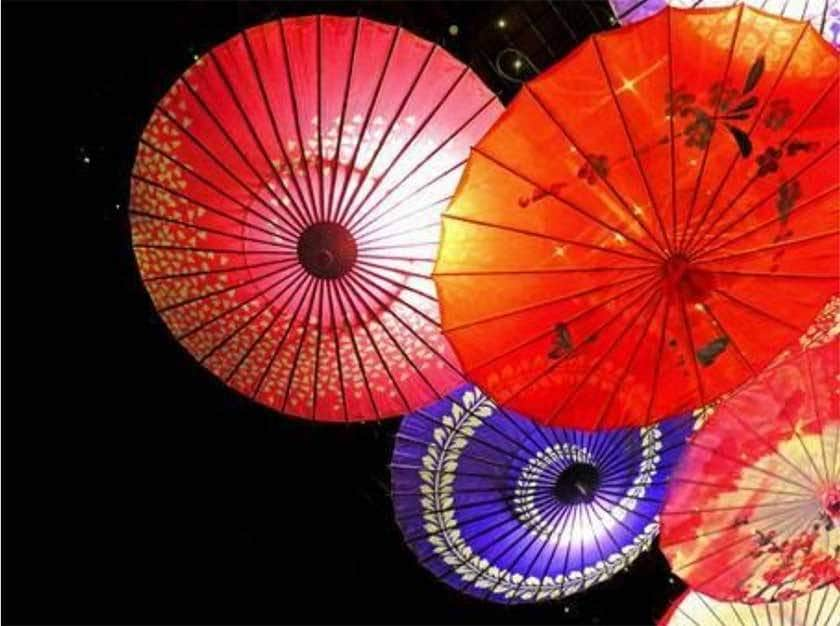
Alongside “Sakura no Uta”, we cannot overlook “Fū no Mai”. This piece won the 14th Asahi Composition Award and was the designated piece for the first category in the 2003 All-Japan Band Competition.
With the theme of ‘Hokusai Impressions’, inspired by the famous ukiyo-e artist Katsushika Hokusai, it was composed with the intention of reflecting Japanese originality on a fictional kabuki stage. Like “Sakura no Uta”, the expression of the piece changes depending on the performer, allowing for a unique and original interpretation. The piece’s popularity continues to grow, particularly after being featured in a TV program segment Brass Band Journey.
From the very beginning, the listener is drawn into this world, and by the end of the piece, one cannot help but feel, “This is truly Japanese brass band music.” Personally, I remember the late Akio Marutani-sensei from Yodogawa Technical High School remarking on the opening of the piece, saying, “It feels like the image of festival flutes, like ‘ton-ton-ton-hee-ya-ra-ton-ton,’ doesn’t it?” His words left a lasting impression on me.
As mentioned earlier, “Fū no Mai” was a required piece for the Band Competition, and comparing the performances of various schools is one of its pleasures. Three schools—Osaka Prefectural Yodogawa Technical High School, Tenri High School, and Kashiwa City Kashiwa High School—have left recordings with distinct interpretations. If you have the opportunity, I highly recommend listening to their performances and comparing them.
As an arranger, Yosuke Fukuda
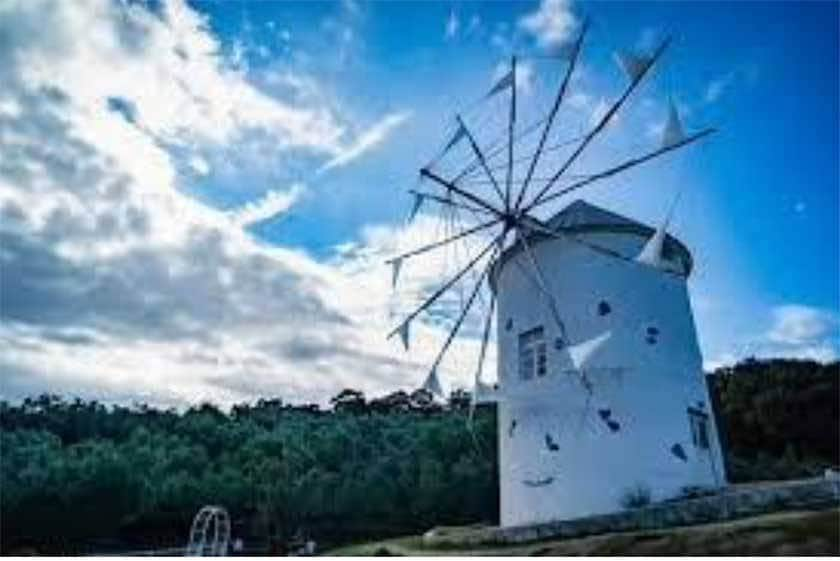
In addition to the pieces mentioned above, Fukuda has composed many wonderful works such as “Hōō” (Phoenix) and “Hotaru no Hikari” (The Glow of Fireflies). Furthermore, he has arranged a variety of genres for wind band. From the recent pop hits to jazz pieces like “Make Her Mine” (a joint arrangement with Mikio Gohma), his works span a wide range of styles. However, one arrangement I highly recommend for everyone to listen to is the “Kiki’s Delivery Service Collection”.
(Published by Winds Score)Many of those who have participated in a brass band might have performed this piece. It brings to life Joe Hisaishi’s music from “Kiki’s Delivery Service” in a brass band arrangement. Listening to it feels like watching an entire movie, as the music encapsulates the world of the film. Whether you are familiar with the movie or not, Hisaishi’s music can be enjoyed by all, and this arrangement, brought to you by Yosuke Fukuda, allows you to fully experience it. I encourage you to explore such arrangements. You might make some surprising discoveries!
Conclusion
How did you find it? The three pieces introduced here are just a small fraction of Fukuda’s works. He is currently focusing on small ensemble arrangements under the title “12-Pieces Winds”. I highly encourage you to visit Fukuda’s official website.
( Yosuke Fukuda’s Official Website: https://sites.google.com/view/fukudayosuke/home )
I hope this excitement could be shared even a little bit.
However, I believe you can understand Fukuda’s charm even more through his ensemble works, but that’s a topic for another time.
Thank you for reading.
The “sound & person” column is made up of contributions from you.
For details about contributing, click here.






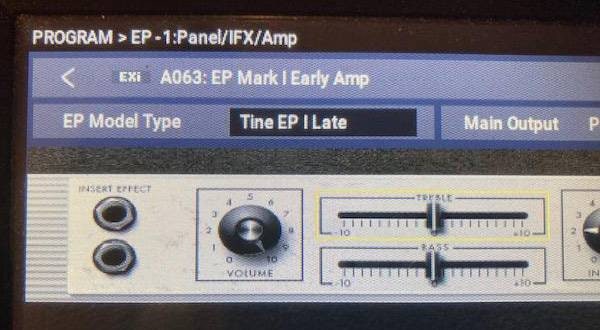




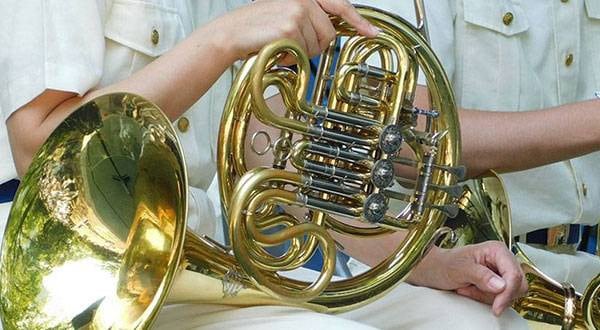

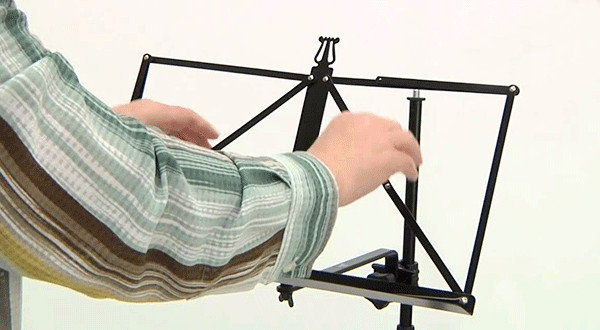
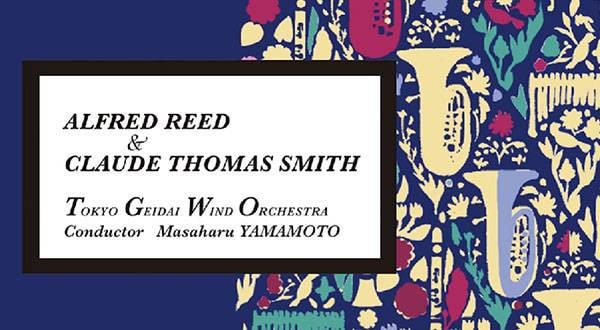


 ハーモニカスタートガイド
ハーモニカスタートガイド
 プラスチック管楽器特集
プラスチック管楽器特集
 デジタル管楽器とは
デジタル管楽器とは
 PLAYTECH 管楽器特集
PLAYTECH 管楽器特集
 バイオリンの基本的な取り扱い
バイオリンの基本的な取り扱い
 サウンドハウス虎の巻 管楽器入門ガイド
サウンドハウス虎の巻 管楽器入門ガイド
